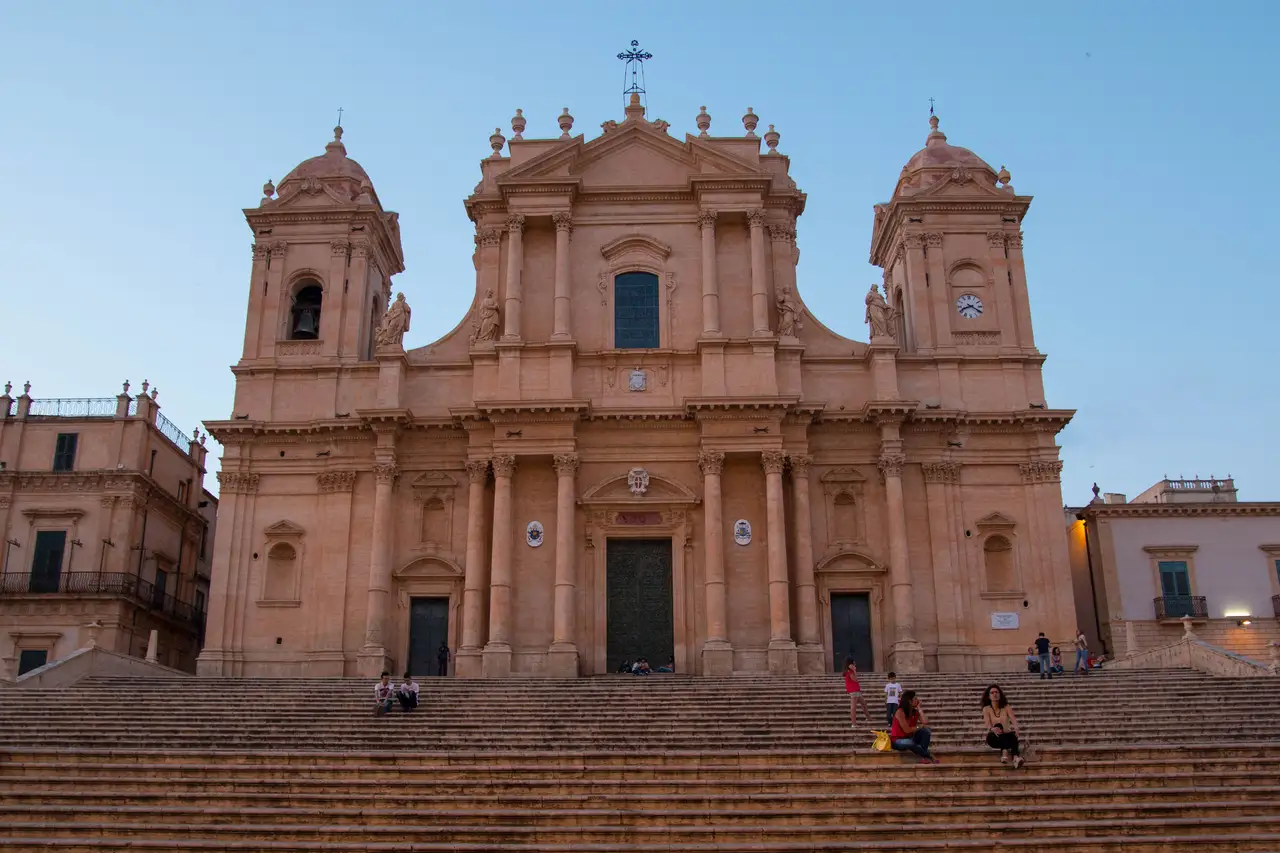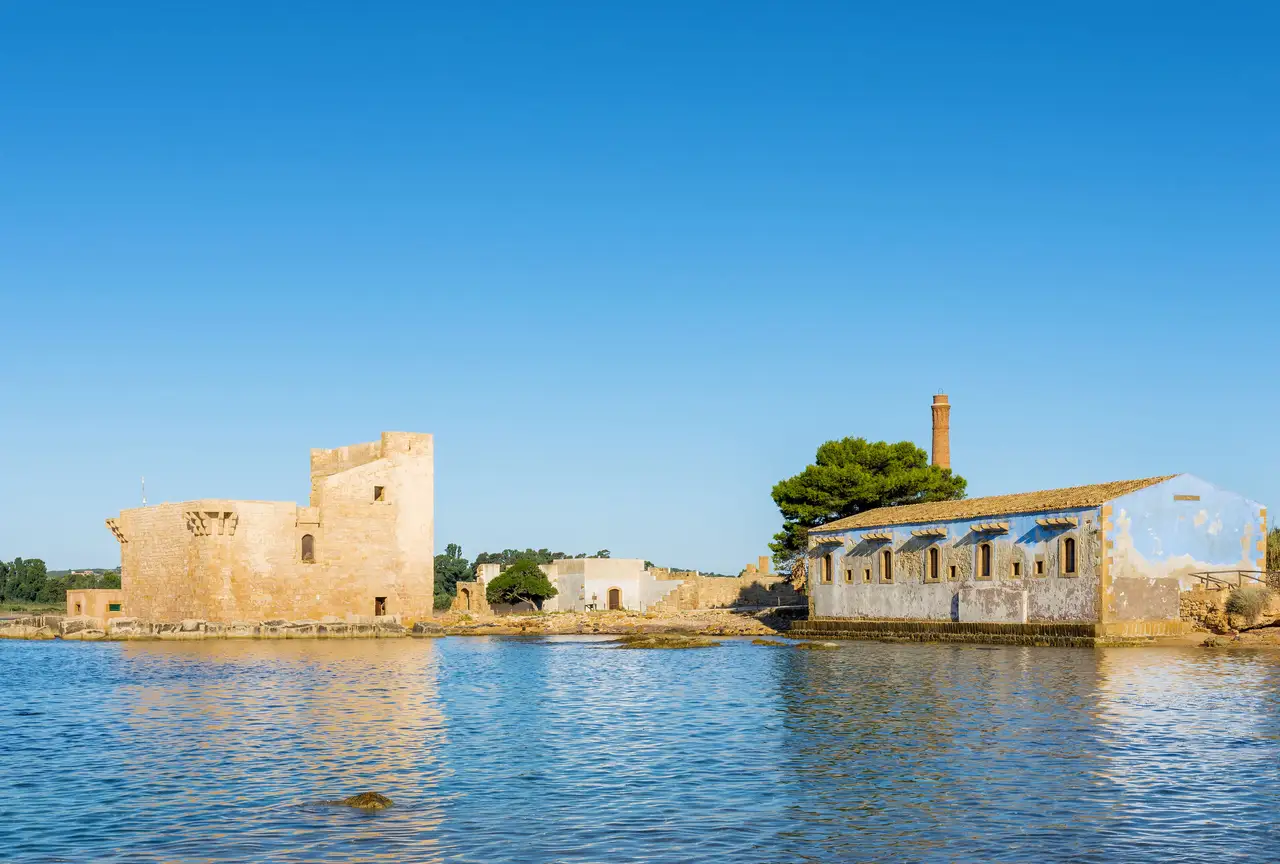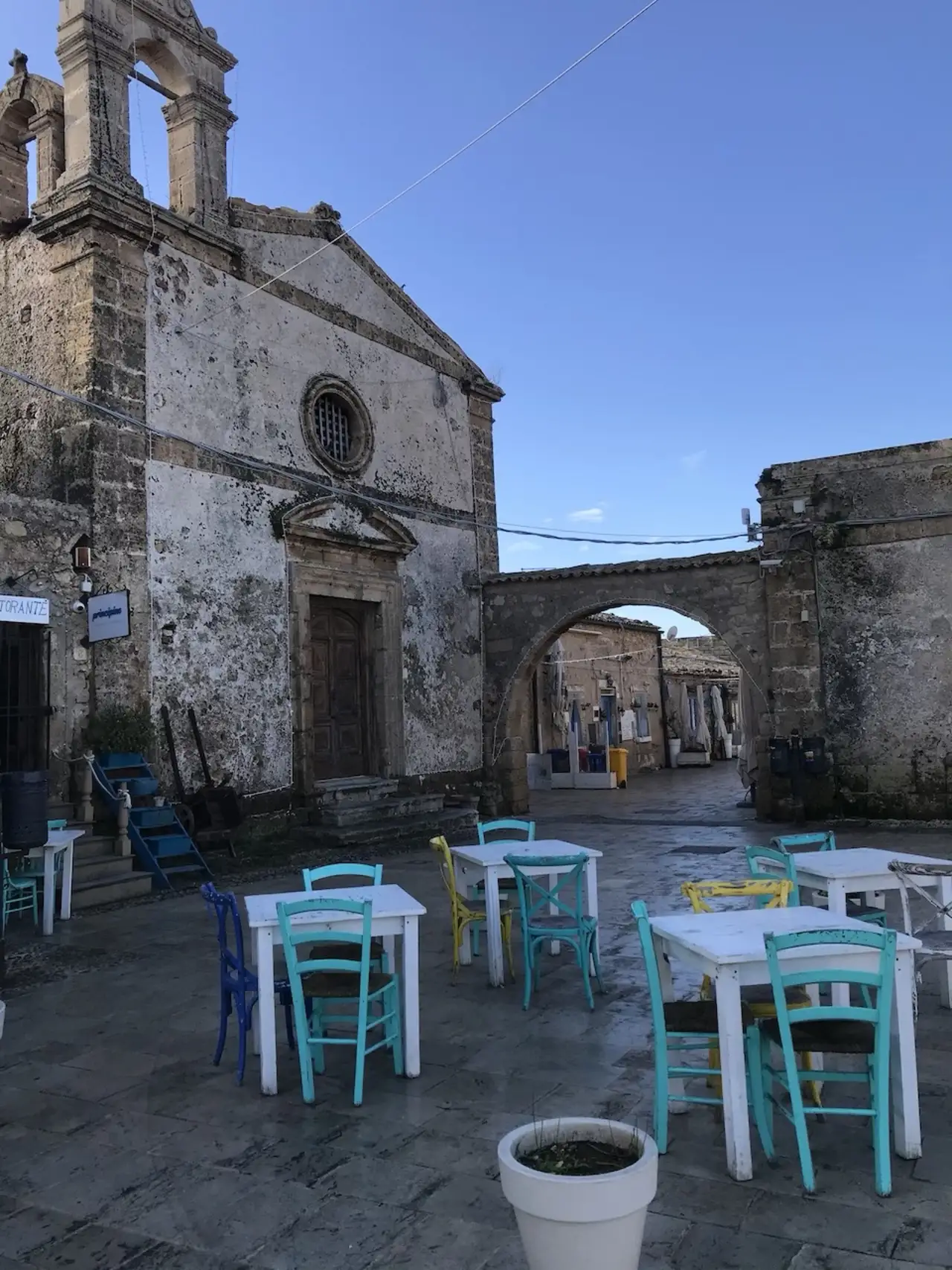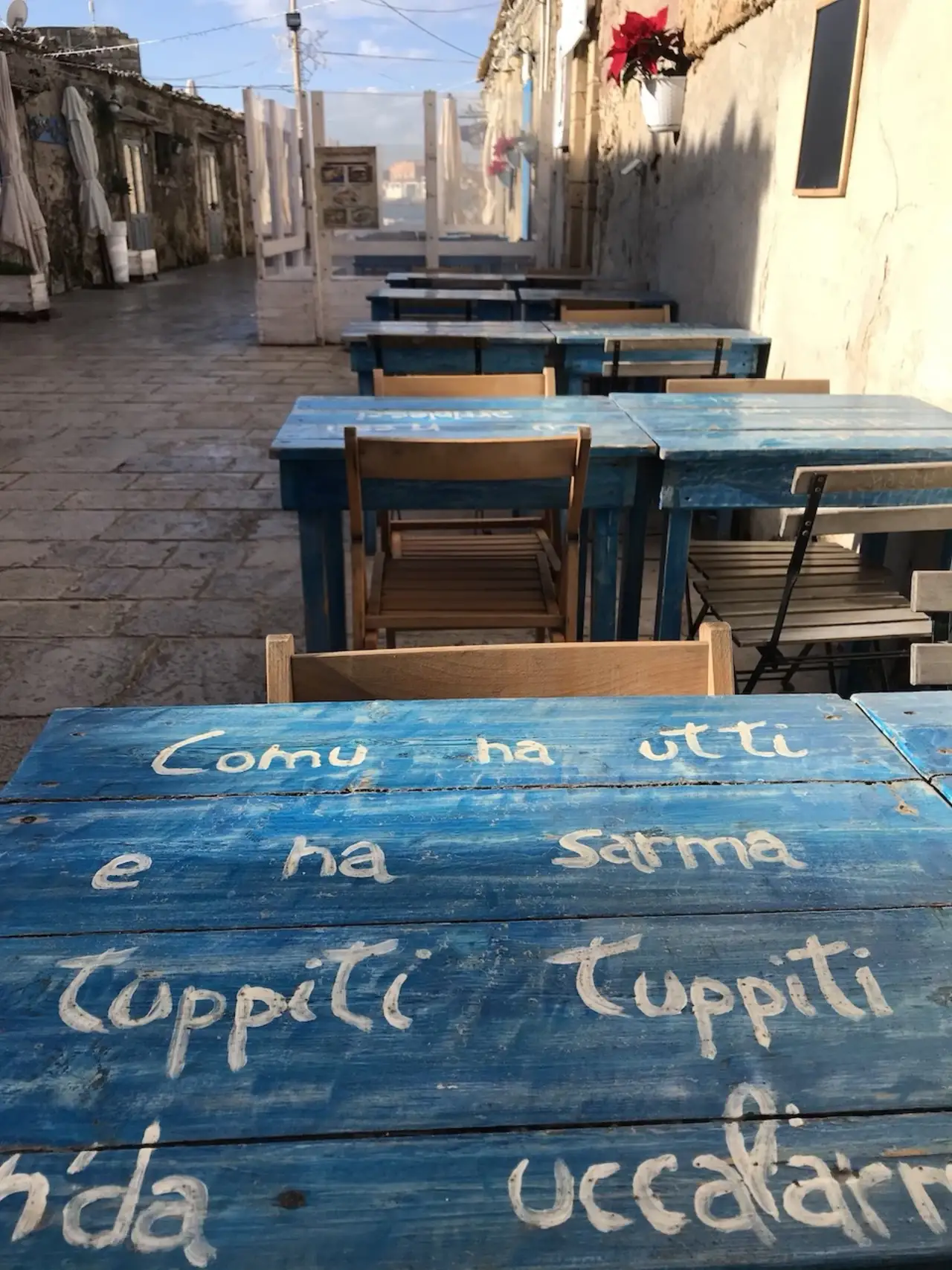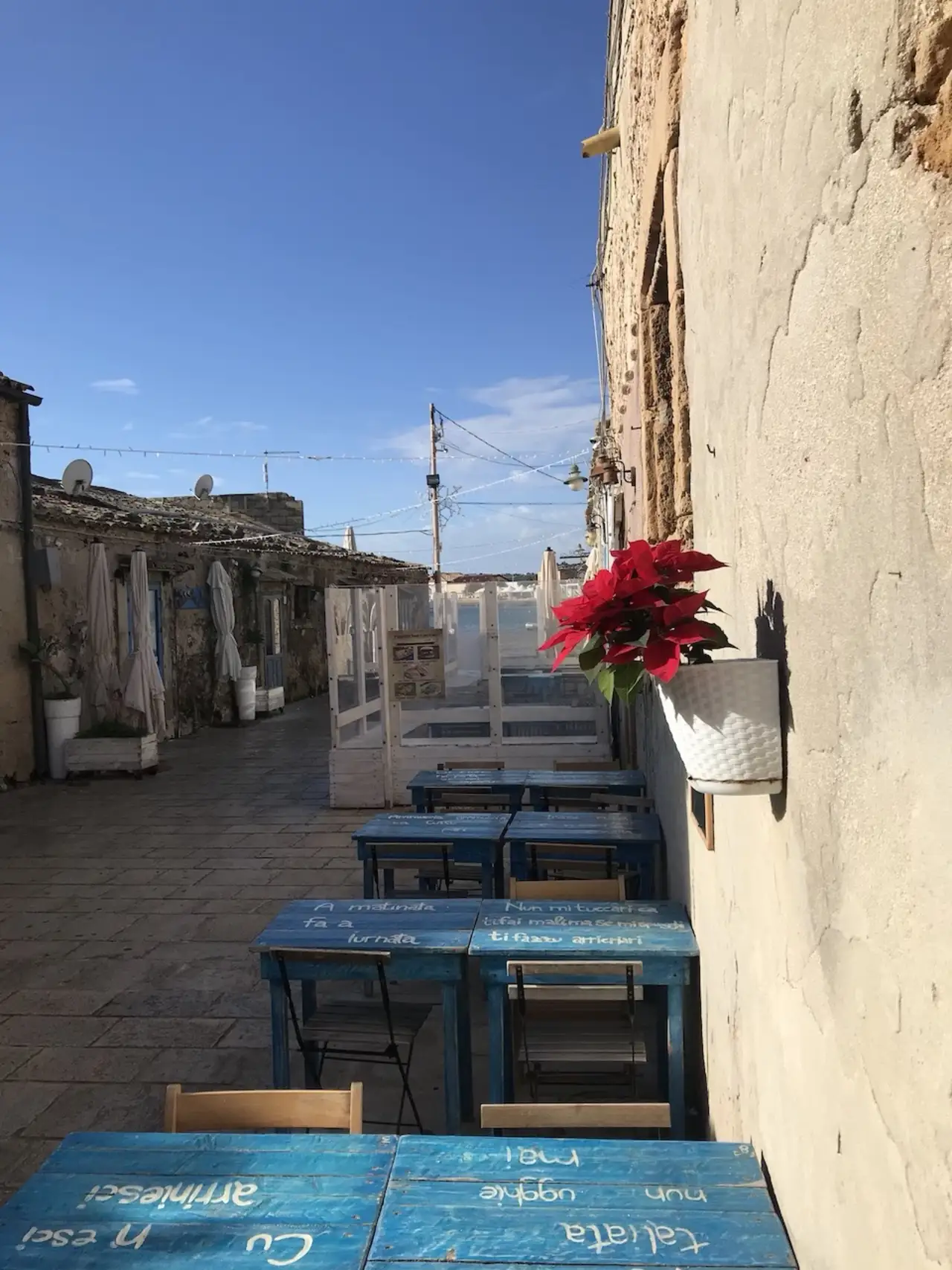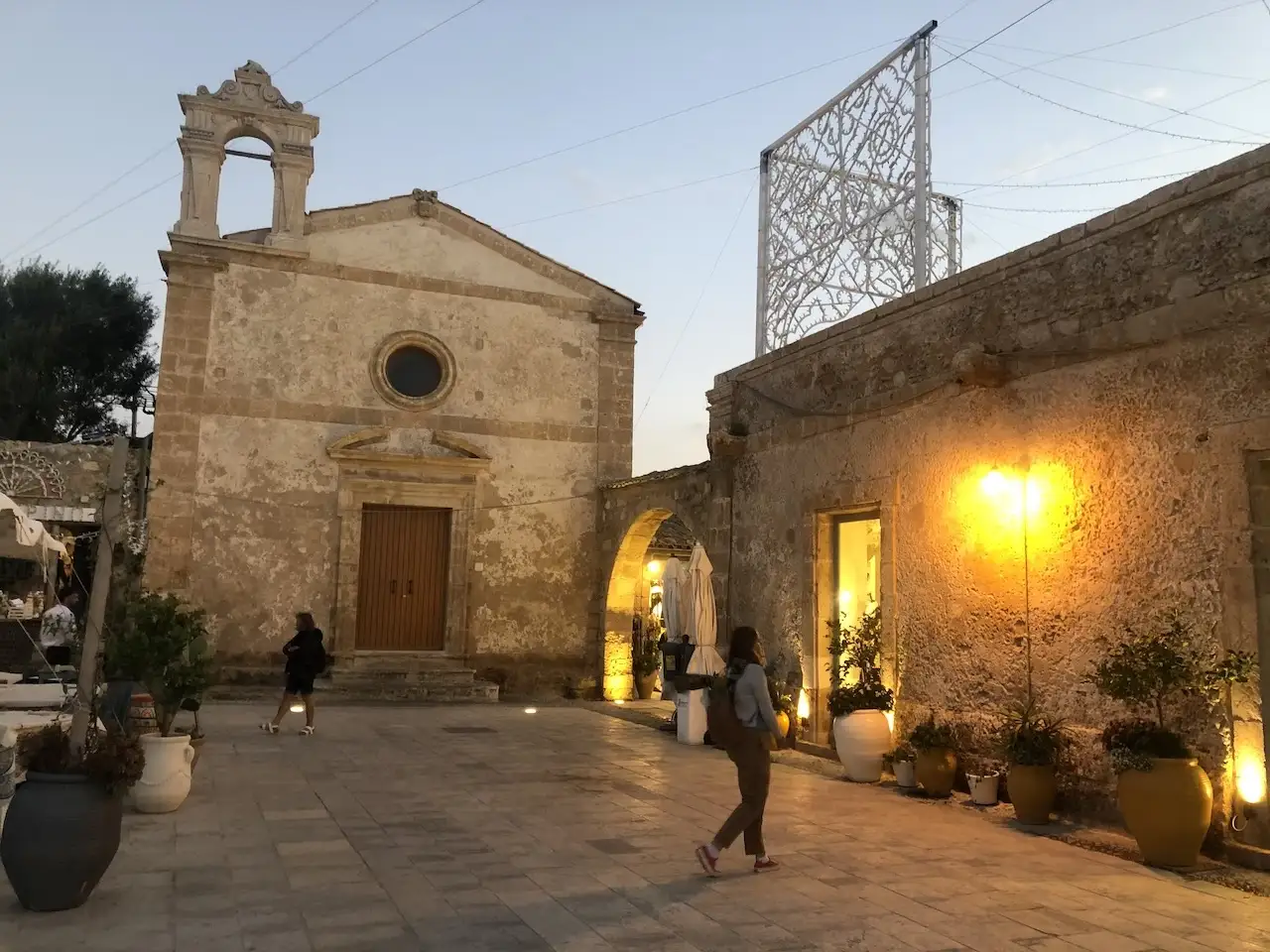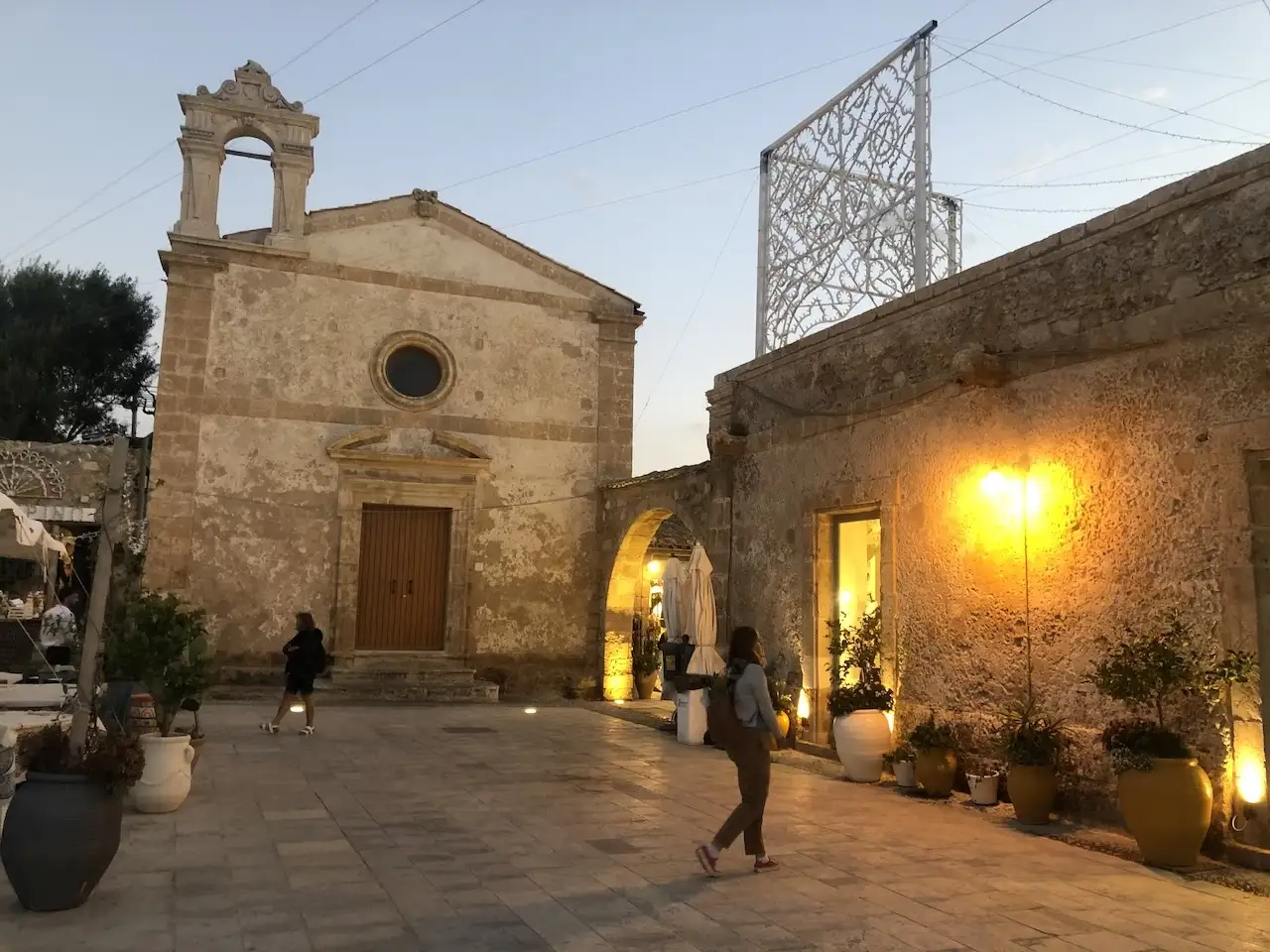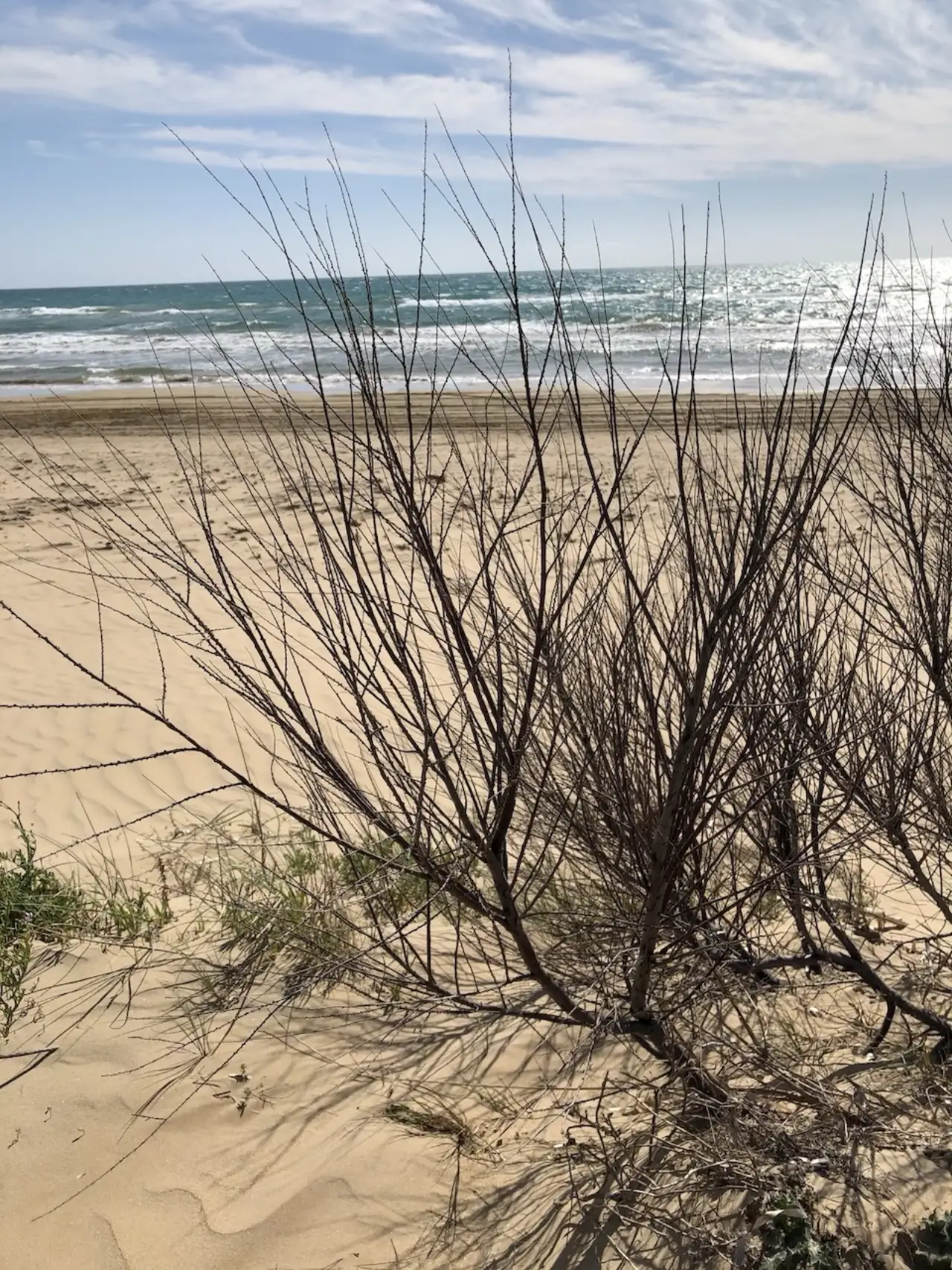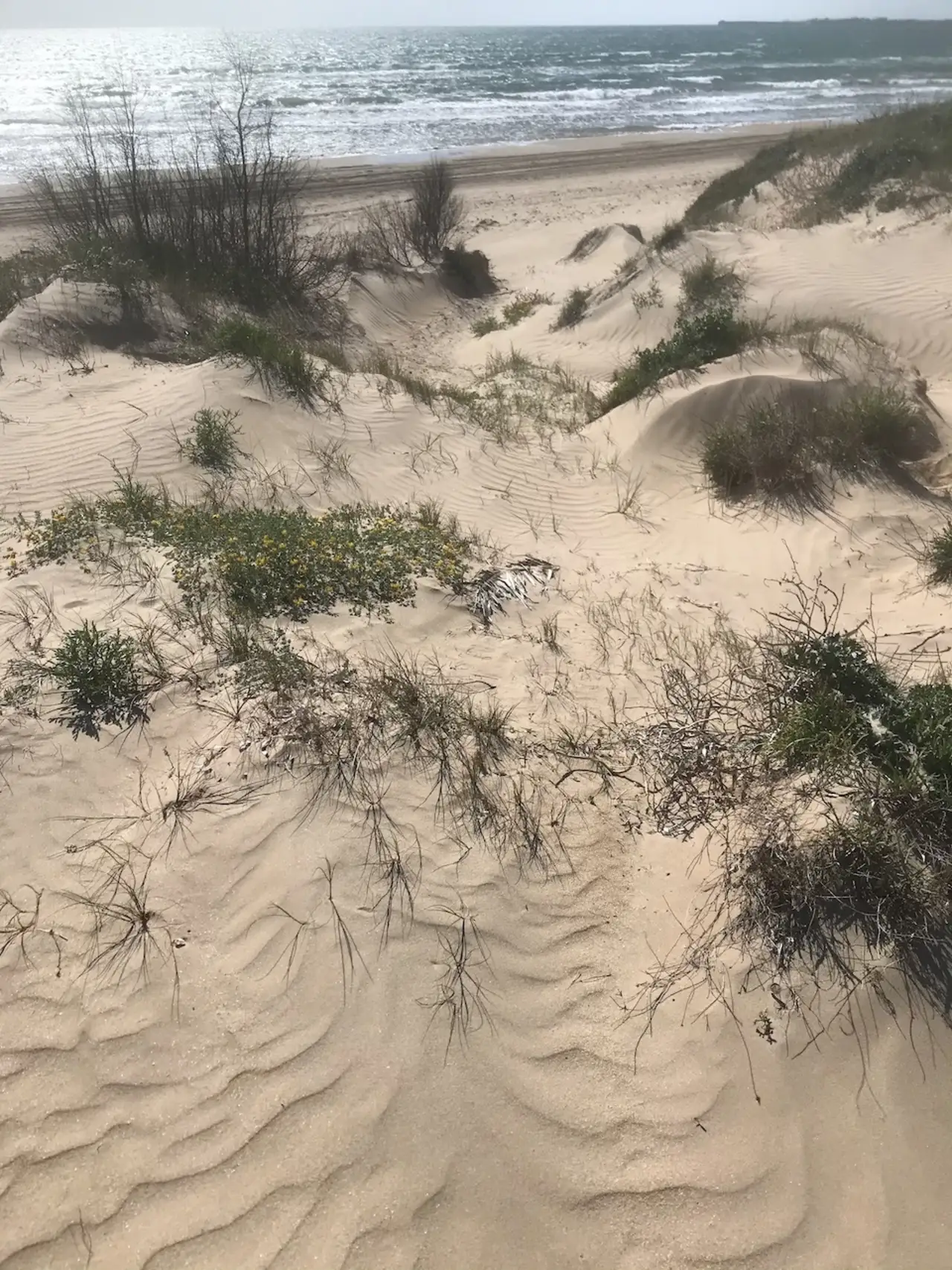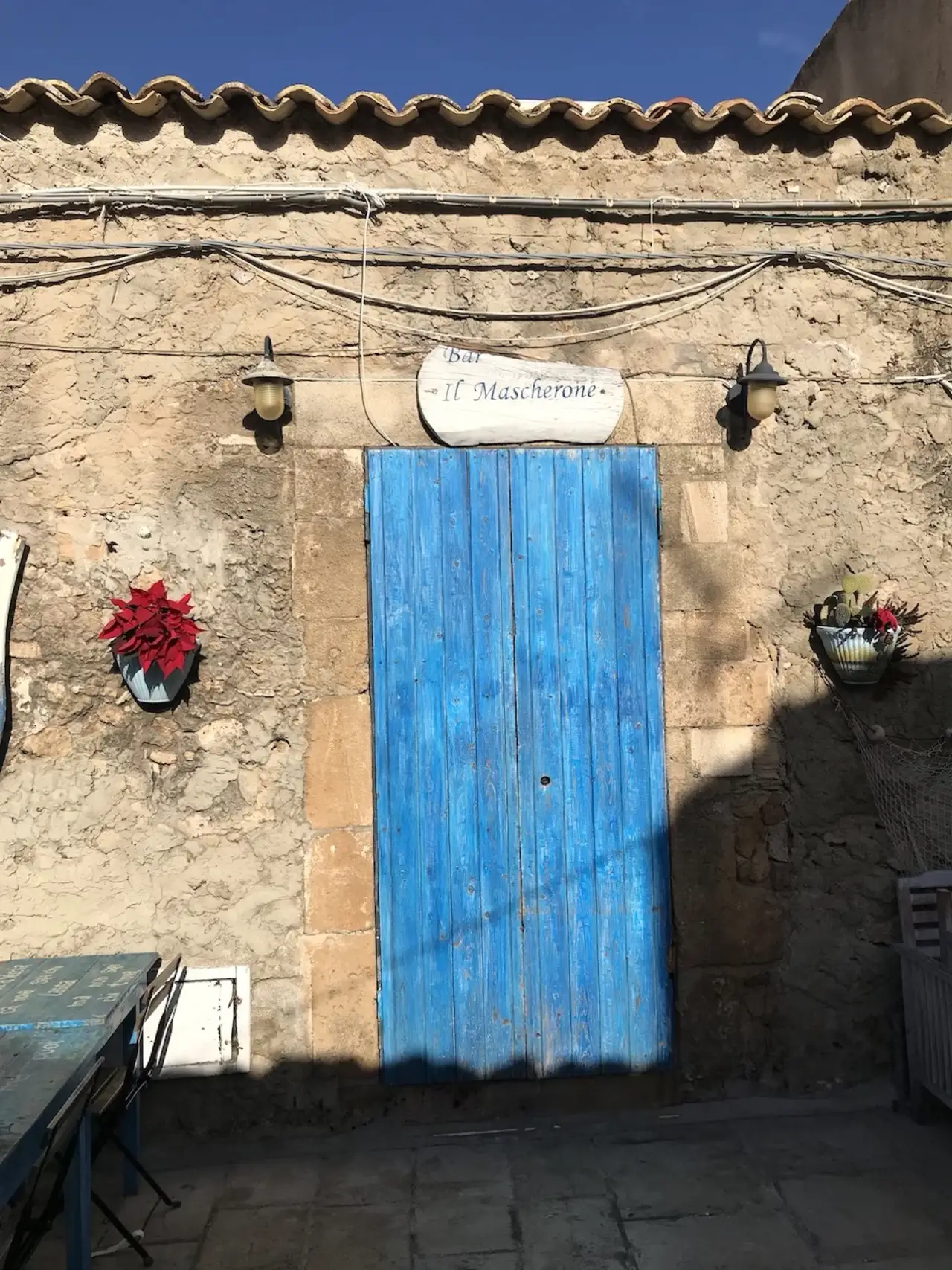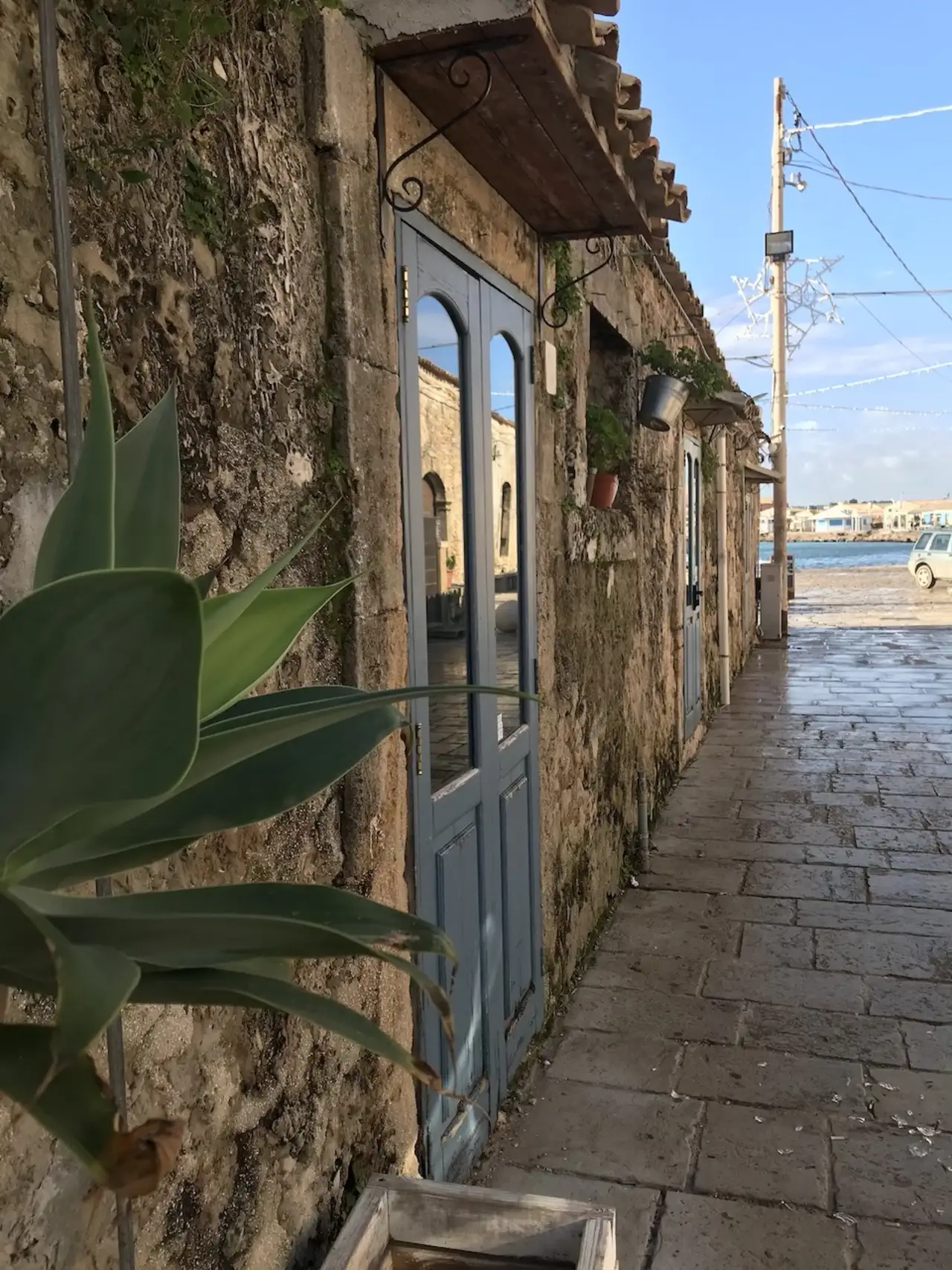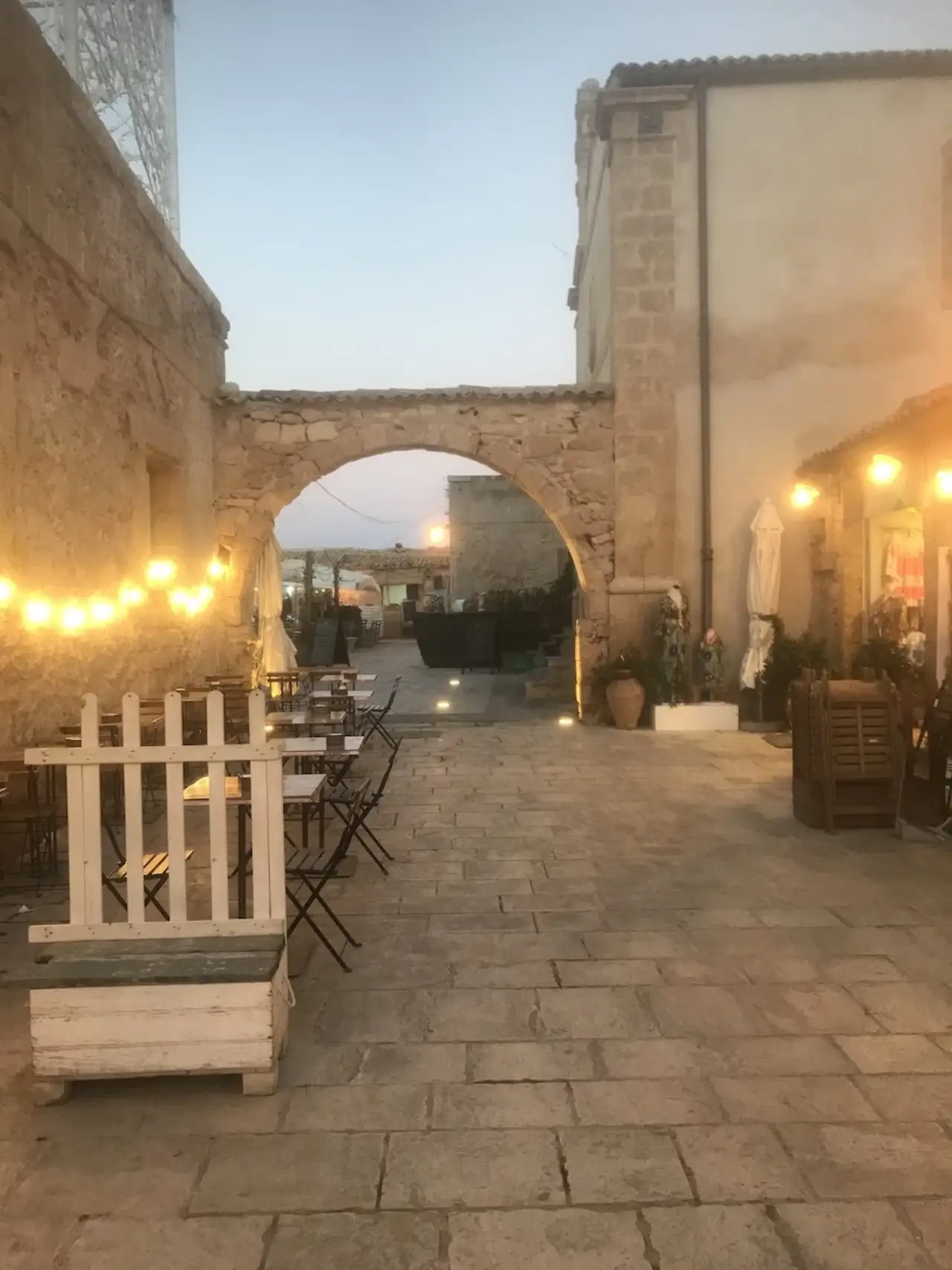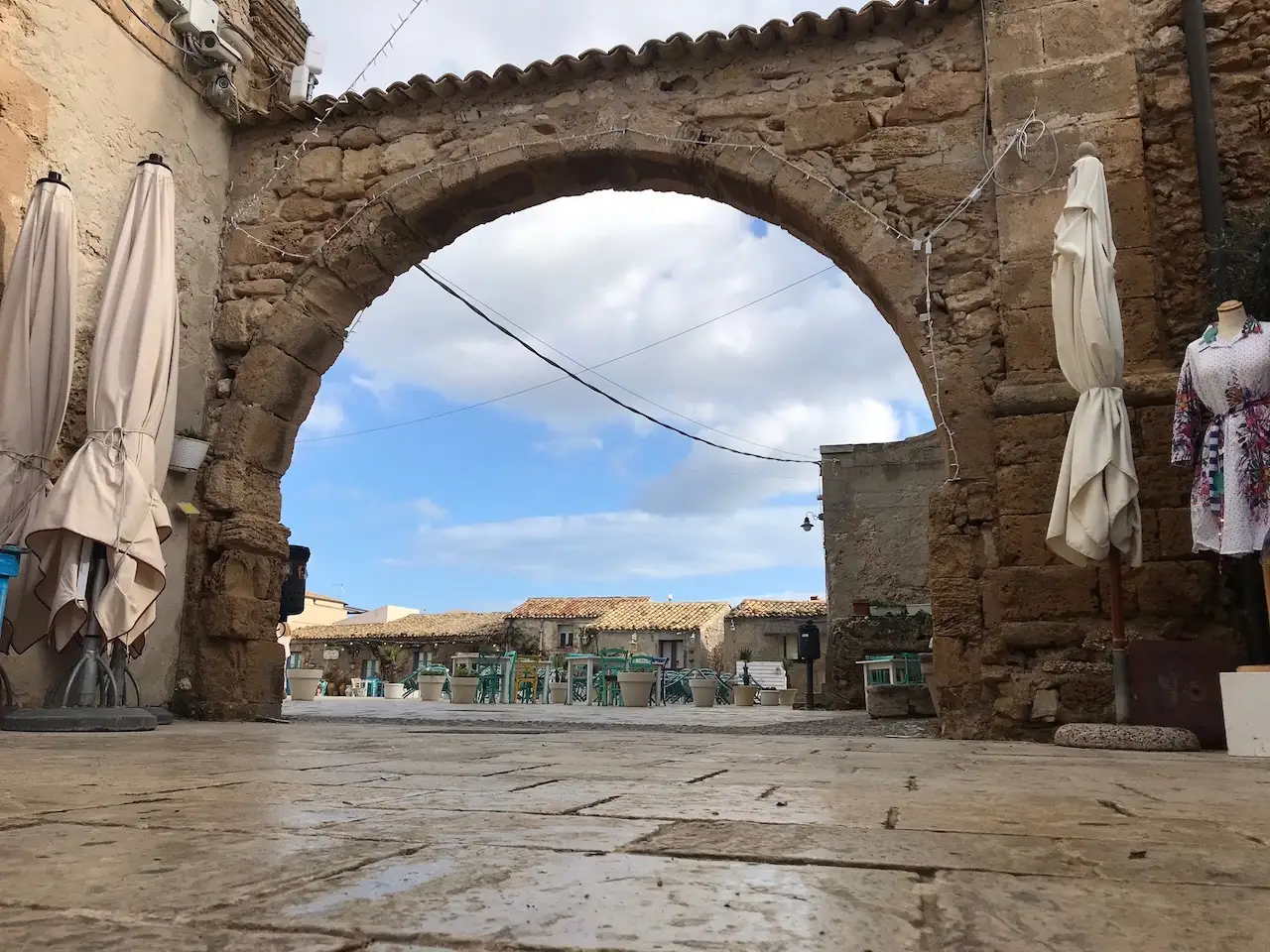Noto is an Italian municipality of the free municipal consortium of Syracuse in Sicily. A few kilometers away from the Vendicari Reserve, Wildlife Oasis, which has the aim of protecting wild fauna and the habitats in which they live.
Like many other places in south-eastern Sicily, the city of Noto is unforgettable for its architecture, for the harmony of its shapes and the lights it is tinged with at sunset. Noto is considered "The Capital of Sicilian Baroque" and its historic center was declared a World Heritage Site by UNESCO in 2002. The city is perched on a plateau overlooking the Asinaro valley, covered with citrus, olive and almond trees.
After it was razed to the ground by the 1693 earthquake, Noto was rebuilt further down the valley and the Netini (local inhabitants) redesigned the city on three parallel streets. In Corso Vittorio Emanuele you can admire evocative monuments such as the marvelous church of San Francesco all'Immacolata with a monumental staircase, where inside you can admire a large single nave, a true triumph of the Rococo style characterized by graceful decorations and magnificent frescoes. Continuing towards this avenue you can admire the church of Santa Chiara, an oval structure that expresses the most refined and delicate side of Sicilian baroque. Continuing further along the Corso you reach the symbol of Noto's rebirth, the cathedral of San Nicolò, which is located at the top of the spectacular monumental staircase. The course is announced by Porta Reale or Porta Ferdinandea, which recalls the Arch of Triumph, a monumental nineteenth-century entrance that represents the loyalty and submission of Noto to the monarch of the Two Sicilies. Three symbols with a curious and interesting meaning are depicted in the Porta Ferdinandea: the tower representing the strength of Noto; the pelican representing attachment to Christianity; finally the greyhound indicates Noto's loyalty to the Kingdom. Monument made with sandstone which characterizes the entire historic center and gives the structures a surprising brightness which makes everything more evocative at sunset. In via Ducrezio you can admire the Noto town hall building which has a spectacular portico full of decorations. Inside you can admire the spectacular halls full of golden decorations, mirrors and original Louis XV style furniture. Between these two wonderful streets stands Palazzo Nicolaci, an important symbol of the city and of the late Sicilian Baroque. Noto is also known for its flower display which is located right in via Corrado Nicolaci, an event which takes place on the third weekend of May. The road is entirely covered and embellished with designs made with peat and flower petals. During the walk towards the Corso you can admire the church of San Carlo al Corso with its spectacular curved façade dominated by a splendid baroque decoration. Inside it is possible to access the bell tower staircase to reach the viewing platform from where you can admire a spectacular view over the entire historic center of Noto. At the end of the street we find the suggestive church of San Domenico and the Villetta, the garden with the beautiful fountain of Hercules; from this wonderful place you can admire the facade of the elegant "Tina Di Lorenzo" Theater, previously known as the "Vittorio Emanuele" Theater and on the other side of the splendid Piazza XVI Maggio you can admire "La Scala in miniature of Noto".
Visiting Noto you realize that churches and buildings are honey-coloured, and at sunset they are tinged with a golden hue which gives it a special touch, which is why it is called "the golden city".



